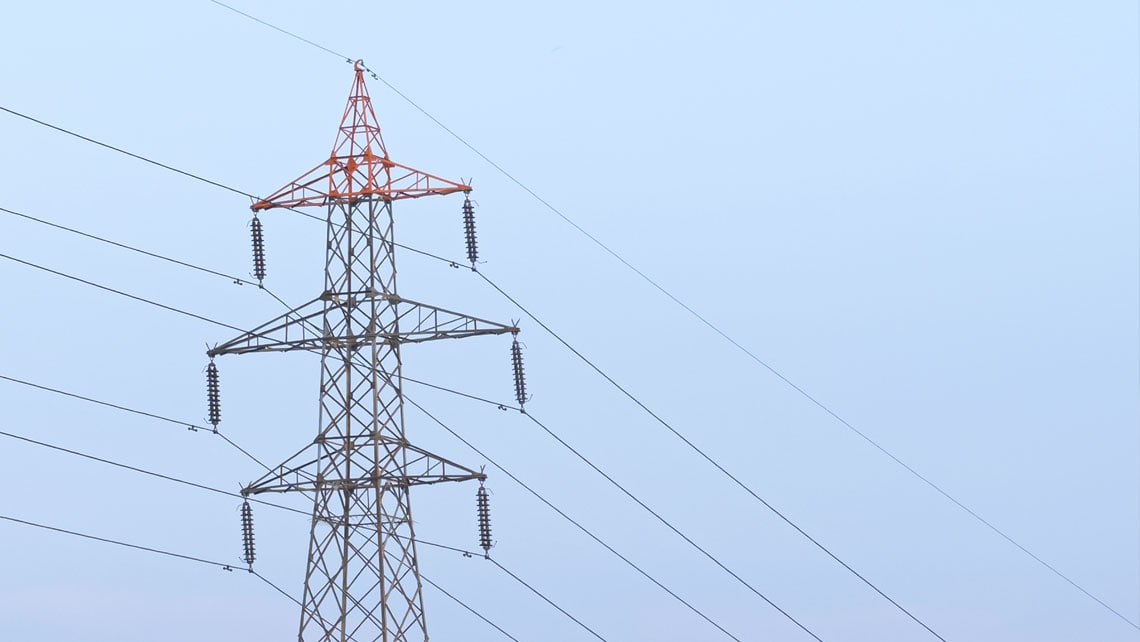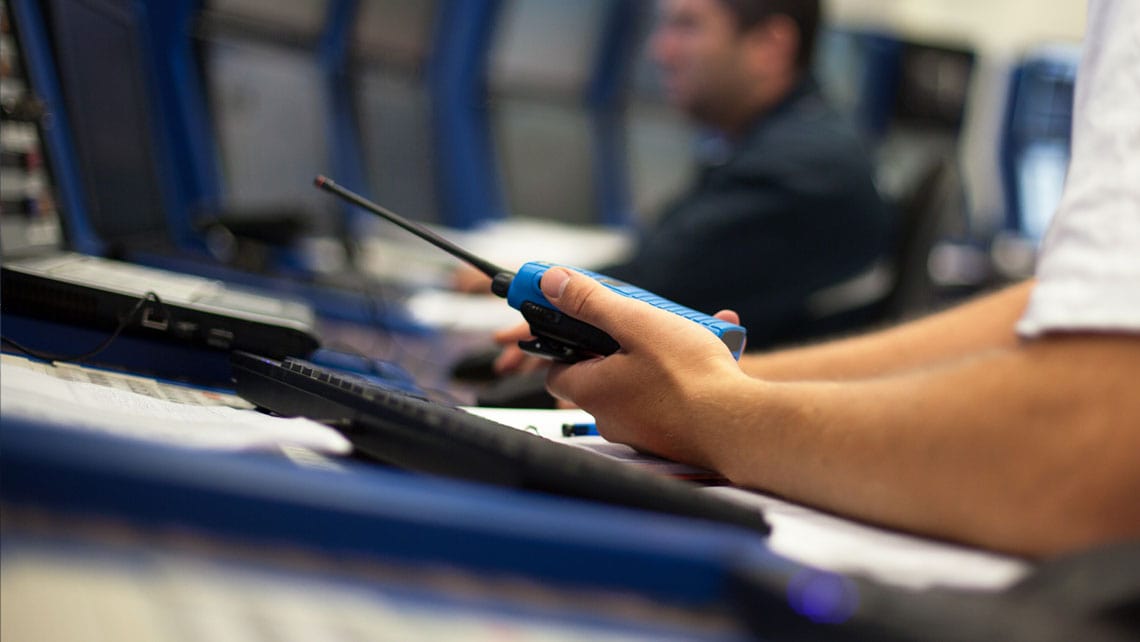The steam used in the papermaking process to dry the paper or board sheets can consume up to 80–90% of all the energy used at a paper mill.
“It goes without saying that initiatives that aim to improve the performance of the most energy-intensive part of the papermaking process are now topical with many of our customers, due to the record-high energy prices,” says Antti Pirneskoski, Director of Services Business Line at Kemira Pulp & Paper.
Despite the high energy consumption, the dryer section removes only a fraction of the sheet’s moisture. Most of the water is removed already in forming and in the press section. Thus, what happens in the wet end of the paper machine plays a key role in reducing dryer steam consumption. “Even a 1% reduction in sheet moisture after the press section can amount to 4–5% savings in dryer steam demand. This means that focusing on wet end applications, e.g., on retention and drainage performance, and improving the efficiency of the wire and press sections truly pays off.”
Wet end stability creates conditions for optimum dewatering, but also lowers deposit risk, increases sizing efficiency, and makes it possible to increase machine speed and avoid sheet breaks.
Identifying the different variables that matter for dryer steam consumption and recognizing their impact require chemistry and application know-how and visibility of the end-to-end process. “Here’s where our experts and digital services step in,” Antti states.
Insight to improve the efficiency of the drying process
KemConnect™ Harmonizer, a digital service for advanced operative analytics at paper and board mills, combines insights into both the chemical and mechanical issues of papermaking to create unique transparency in the multifaceted process. By monitoring multiple key parameters and variables in the production process, Harmonizer, offered by Kemira in collaboration with SimAnalytics, helps mills to identify and highlight process conditions that could impact and impair their production in different ways.
“Our customers aim for a stable production process, and the runnability and productivity improvements that follow. Harmonizer can help pinpoint the variables that have an impact on steam consumption, and by revealing these correlations in the papermaking process, it can contribute to the success of the now topical steam saving trials as well,” says Mari Zabihian, Senior Manager for Digital Services at Kemira Pulp & Paper. “With this insight, we can manage the wet end in such a way that it helps increase the efficiency of the drying process.”
The digital service allows the papermakers to find the optimal parameters for running their machine as efficiently as possible – e.g., with minimized steam consumption but without jeopardizing machine speed or runnability. “As an example, retention performance has a clear impact on both the machine runnability and the drying phase, and retention is in turn impacted by stock quality and e.g., the ash content. When you have enough data from the process as a whole and the expertise needed to analyze it, you can find hidden chemistry-related phenomena to focus on to optimize the production.”
Room to improve resource efficiency
Currently, many paper mills are also aiming to reduce freshwater consumption or are already running on less freshwater. With it, challenges with drainage in the papermaking process are becoming more and more common. The increased contaminants load in the process has a negative effect on short circulation chemistry, which can lower retention and drainage performance and lead to buildups on the forming fabrics and felts.
“It further impacts water removal efficiency and will end up increasing dryer steam consumption. It’s another example of the complicated correlations and spillover effects in the process. If you’re targeting improvements in one area, here in the dryer section, you need to be able to discover and analyze process deviations throughout the process to shed light on the issues that matter in your process.”
At the end of the day, a stable, efficient papermaking process is the prerequisite for improving overall resource efficiency and running more sustainable operations. “The transparency and improved process harmony and runnability that come along with it leave more room for the papermakers to focus on the projects that target reducing energy, water, and fiber consumption at their mill,” Mari believes.
“We’ve already proved in customer projects that Harmonizer can reveal previously unknown cause-and-effect relationships in the papermaking process. For sure there are more hidden opportunities for improvement to discover,” Antti concludes.






